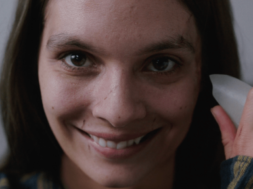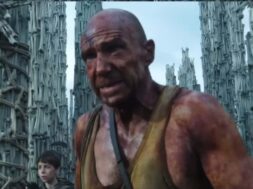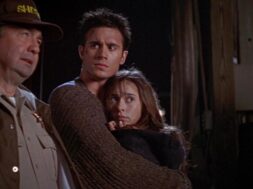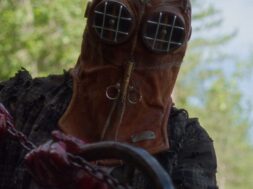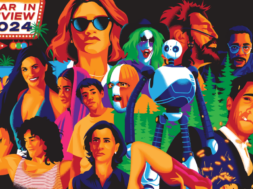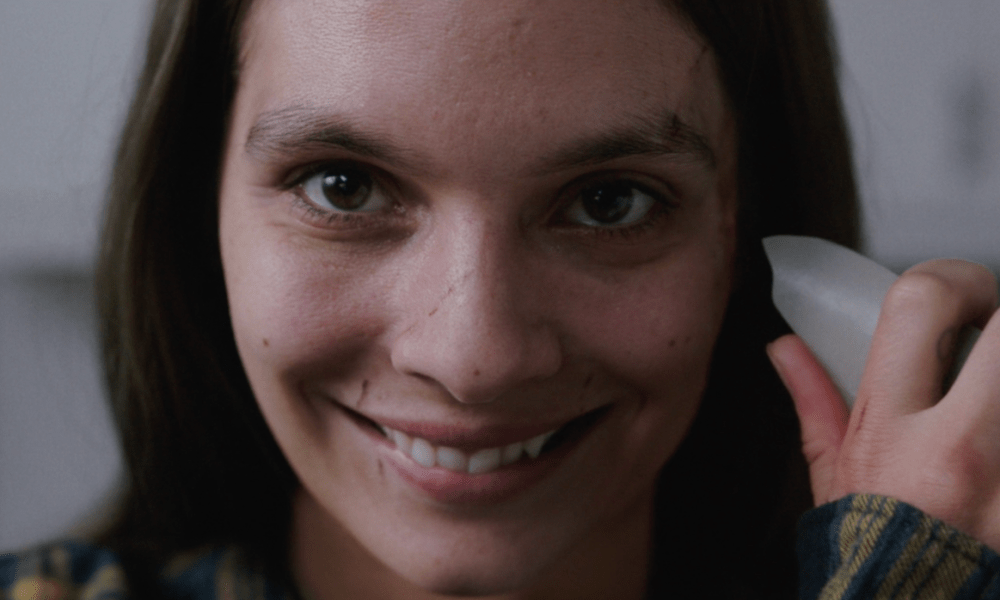
With the Sam Raimi-produced 65 now playing in theaters, genre fans are getting something we’ve been craving for years – a big budget dinosaur thriller NOT part of the Jurassic Park franchise. The film’s premise of an astronaut crash landing on Earth during the age of the dinosaurs sounds exactly like something that would have hit theaters and drive-ins back in the 60s and 70s when a healthy stream of dinosaur themed B-movie fare was released.
65 seems like a perfect genre mash-up of sci-fi and survival horror. Back in 1969, another genre hybrid about dinosaurs was set loose – The Valley of Gwangi. The hook? Cowboys vs. dinosaurs. Hell, if the movie came out today I guarantee that Cowboys vs. Dinosaurs would be the title.
The Valley of Gwangi was spearheaded by stop motion effects legend Ray Harryhausen and his long-time producing partner, Charles Schneer. Harryhausen needs no introduction. His creations are crystalized for all time in the beating hearts of Monster Kids, genre lovers, and a whole slew of filmmakers of multiple generations. His work is still an inspiration today.
The Valley of Gwangi was the last film to feature dinosaurs animated by Harryhausen, and it’s a clinic in the art of stop motion. The creature Gwangi, like the countless other creatures under Harryhausen’s belt, is a memorable character all his own.
Fans all know that classic sci-fi and horror films of the 50s and 60s often come with a bit of preamble that can be a little dry to get through before the real action starts. It seems no matter the film or premise, there’s always a bit too much yakking and exposition with a side of obligatory romance between the male and female leads.
Gwangi is no different, but the set up and cast are a bit stronger in this film than many others of its ilk. We’re introduced to T.J. (Gila Golan) and her struggling rodeo show in turn of the century Mexico. T.J.’s old flame, a stunt performer named Tuck (James Franciscus) blows into town and offers T.J. a deal for the rodeo. T.J. refuses. She’s sitting on a surprise she hopes will put the rodeo back in the black: a tiny horse named Diablo.
To cut the exposition short, T.J. learns from a paleontologist working nearby that her little equestrian miracle is actually an extinct animal, and possibly came from a place called The Forbidden Valley.
You guessed it, we have another King Kong riff on our hands here. The first act contains more set-up than that and is a little needlessly plot heavy, but manages to remain entertaining thanks to a healthy narrative that keeps on moving. Once the assortment of characters reach The Forbidden Valley, it’s basically non-stop action until the credits roll.
Dinosaurs vs. Cowboys, Dinosaurs vs. Dinosaurs, and even Dinosaurs vs. Elephant fill the second half of Gwangi. The titular Allosaurus, like every other Harryhausen creation, is bursting with life and character. Gwangi is an apex predator just doing his thing, trying to survive and defend himself. There is an innate sympathy to Gwangi, and most of Harryhausen’s creatures, that allows the audience to emotionally invest in them even if the narrative of the film itself paints them as nothing more than an obstacle to overcome for the protagonists. This inherent emotional hook adds a sense of dread for Gwangi’s inevitable fate despite the fact the film story doesn’t do any leg work to portray him as sympathetic.
In a way, all of these stop motion marvels are performances by Harryhausen himself. Every movement, tick, and mannerism came from his mind, passed through his hands, and is expressed in every frame the creatures occupy.
The action scenes are robust. The sound design is filled with loud snarls, roars, rips, and cries of pain as the dinosaurs and cowboys battle it out. It’s a decently violent film for the time period. We even see Gwangi tear some flesh after winning a battle with a Styracosaurus.
Keep an eye out for the Pterosaur puppet during the valley excursion. It’s not on screen long, but it’s really cool to see it intercut with its stop motion counterpart.
The aforementioned fate of Gwangi during the finale ends the film on a grim note, echoing its forefathers like King Kong and 20 Million Miles to Earth. As for the films that came in its wake, I can’t help but conclude that the Malta sequence in last year’s Jurassic World: Dominion took visual cues from the aesthetics and iconography of The Valley of Gwangi. The cautionary tale of Gwangi even feels similar to that of the Jurassic franchise. Both deal in the selfish desire for man to exploit a part of nature he has no business sticking his hands into and both films deal with the devastating fallout of that misguided ambition and greed.
Although Gwangi and the dinosaurs that inhabit The Forbidden Valley were not created by man, they were left isolated naturally by nature to live their lives. It wasn’t until man caught wind of them that their fate was sealed.
If the approach of 65 has you hyped for dinosaur cinema and you want to break out of the Jurassic franchise, seek out this Harryhausen classic for good viewing.
